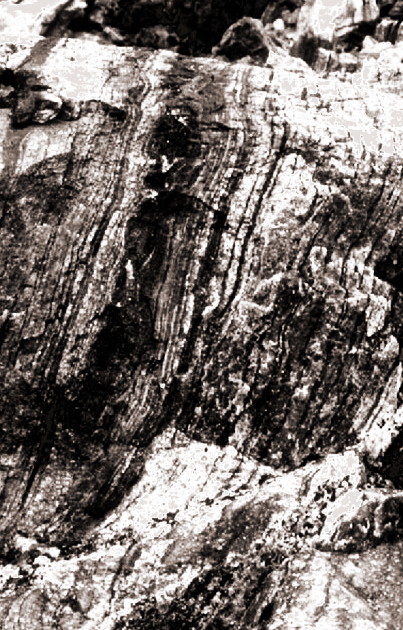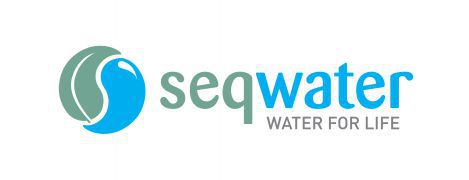New method for critical search
 New techniques could help Australia find resources critical to its net-zero goals.
New techniques could help Australia find resources critical to its net-zero goals.
Scientists have developed a cost-effective technique to assess sediment thickness across Australia's vast interior.
This development could be pivotal in estimating seismic hazards, resource potentials, and reducing carbon footprints, marking a significant leap forward in the exploration of the continent's untapped mineral wealth.
Dr Caroline Eakin, a leading seismologist from the ANU Research School of Earth Sciences, notes the critical role of understanding sediment thickness.
“Australia is an old and tectonically stable continent, and its sedimentary blanket has remained largely unaffected by tectonic events,” she explains.
“Around 75 per cent of the Australian continent’s surface is covered by sediment, making it hard to see what’s beneath it, including critical minerals and natural resources.”
The study highlights areas, such as the Perth Basin in Western Australia, where sedimentation has resulted in layers up to and exceeding 10 kilometres thick, covering most of the continent.
This vast sediment cover conceals critical minerals and natural resources.
“To reach net zero by 2050 it is estimated that we will need twice as much copper than has ever been mined in all of human history,” Dr Eakin said.
“Copper is essential for the energy transition away from fossil fuels and toward electrification based on renewable sources such as wind and solar.”
Funded by Geoscience Australia, the research aims to redefine the approach to characterising Australia's sedimentary basins, thereby enhancing the critical minerals sector's growth to meet future global demands.
Dr Babak Hejrani from Geoscience Australia notes that most of Australia's mineral resources are currently found near the surface and are relatively easy to locate.
“The fact that prospective rocks lie, for the most part, untested beneath this cover creates a tremendous opportunity for new mineral discoveries,” he said.
Traditional methods such as borehole drilling are expensive, invasive, and environmentally damaging, especially in remote locations.
Recent studies have pioneered a less invasive and cost-effective method using passive seismic techniques to estimate sediment thickness, significantly reducing environmental impact.
Over 1,500 seismic stations and 84,000 boreholes provided comprehensive data, allowing the team to analyse basins across various thicknesses and geological ages.
“This kind of approach is significantly cheaper, less logistically challenging, and has a smaller environmental footprint,” says Dr Auggie Marignier from ANU.
The innovative method not only facilitates the exploration of underexplored areas but also aids in assessing seismic hazards in urban areas situated on sedimentary basins.
The most recent study has been published in Geophysical Journal International.







 Print
Print



